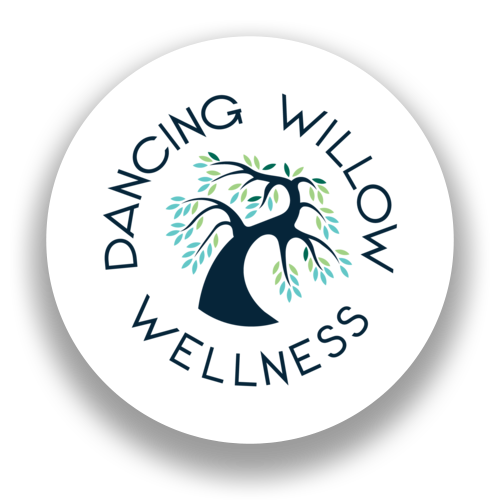Christmas Tree Tea
It’s that time of year when Christmas and New Year’s celebrations are over, and we’re settling in for a few months of cold, snowy weather. And with Winter come seasonal colds, sore throats, and runny noses.
Being a backyard herbalist is so much easier in the summer when there is an abundance of medicinal weeds and wildflowers, but even in the depths of winter, there are herbal remedies to be found. This one is a great remedy for runny noses and mucousy coughs, and has the added benefit of being right in your living room – it’s your Christmas tree!
Pine and spruce trees are full of vitamin C which helps prevent freezing over the winter, allowing the needles to stay green all year round. They are also full of antimicrobial compounds that do an excellent job of killing off viruses and bacteria, especially in the nose, throat, and sinuses.
There are a few ways you can use pine and spruce, but before we get into that, there are a couple of things to consider first.
Whether you are using a pine or spruce tree you have growing in your yard, or the Christmas tree in your living room, make sure it has not been sprayed with any pesticides or related chemicals. There is quite a wide range of practices when growing Christmas trees, with some farmers using no chemicals, and others spraying regularly, so it’s safest to be sure.
While all spruce and pine species are safe to use, there is, as we herbalists like to say, a difference between edible and palatable. White pines, the ones with long soft needles in little bunches of five, have a sweet, fragrant flavour, while blue spruce, the ones with short, spiky, blue-green needles have an aroma some find more reminiscent of cat pee.
The easiest way to use pine or spruce is to snip off a handful of twigs and put them in a saucepan with plenty of water, bring the pan to a boil, and let it simmer gently, uncovered, on the back of the stove. As the steam fills the air, it will carry with it those antimicrobial compounds, known as volatile oils. As we breathe in the pine-scented air we are breathing in those volatile oils, and as they enter our airways, they coat the tissues of the nose, throat, and sinuses, and help our bodies fight off infections. It’s a great way to ward off colds for the whole family. To get a stronger dose of this goodness, pour some boiling water over a bowl of pine needles and lean over it to inhale the steam. Covering your head and the bowl with a towel will help to keep the steam concentrated around your face.
You can also make a tea of pine or spruce needles. Use about a teaspoon of chopped needles to a cup of boiling water. Chopping up the needles with a pair of scissors or a knife helps the water reach the inside of the needles, where all the goodness is. Put the lid on your teapot or cover your mug with a saucer, to keep the steam in, and steep the tea for about 15 minutes. Then strain and add a little honey if you like. As you sip the tea, the steam will travel to your airways, and the liquid will help to soothe a sore throat and kill off any infection that might be lurking there. And as long as it isn’t blue spruce, it will taste wonderful!
As a note, the tea can be a little drying, so while it’s great for those runny noses and wet coughs, it’s best avoided if you have a dry, hacking cough or sinuses that feel dry and full of cement.
If you’re struggling with the winter months, this is a lovely way to enjoy your Christmas tree, and the holiday spirit a little longer. You can also check out this article on counselling and beating the winter blues, from Alicia.
Rebecca


